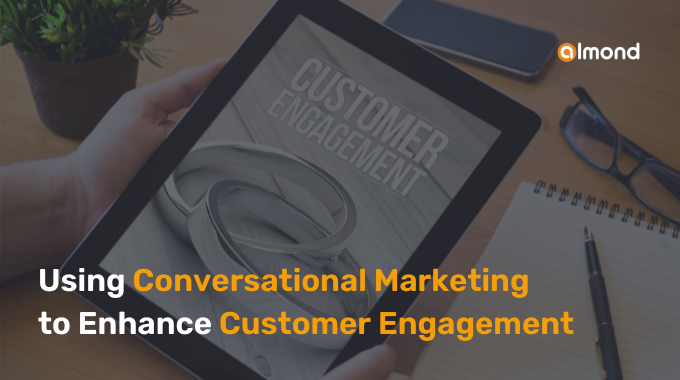Do you know 91% of business owners and 86% of customers prefer organizational experience as important as its product and services?
Conversational marketing is an easy way to display your brand’s work and experiences. So, if you are not using a personalized conversational strategy in loyalty platform to increase engagement and revenue, you are missing a great opportunity.
What Conversational Marketing Means?
Conversational marketing is a customer-centric approach focusing on channel partner engagement and real-time conversations through various channels, such as chatbots, live chat, and messaging apps. It creates an environment where potential channel partners and customers are connected with the brand and build a buzz about it in the market.
In this article, we will explore the benefits of conversational marketing, how to implement it in your b2b loyalty program platform, and some best practices to keep in mind.
Benefits of Conversational Marketing in a Loyalty Platform
It has a lot of benefits in the loyalty platform. As it can attract a bunch of potential clients and customers. Here are some of the key benefits:
- Increased Engagement: It allows brands to engage with their channel partners and customers in real-time conversations. So, it makes it easier to understand their needs and provide personalized solutions.
- Improved Lead Generation: You can acquire leads directly from your website or social media channels with the help of conversational marketing. It gives you a better chance to convert these potential customers into regular paying ones.
- Higher Conversion Rates: It enables you to resolve queries by clients and consumers while providing the information they may need to make a purchase decision, resulting in higher conversion rates.
- Enhanced Customer Experience: It allows you to provide a seamless customer experience by answering their questions, resolving their issues, and providing personalized solutions.
How to Implement It in B2B Customer Engagement Platform?
After knowing the importance of conversational marketing, the next step is how to implement it in your customer loyalty program requires a strategic approach. Here are some steps to follow:
- Identify Your Target Audience: The first step is to identify your target audience and understand their pain points and communication preferences.
- Choose Your Channels: The next step is to choose the right channels to communicate with your potential clients and customers. As per your target audience, you can choose whether to use chatbots, live chat, messaging apps, or a combination of these.
- Create a Conversation Strategy: After target audience identification and communication channel selection, you need to create a strategy describing the tone of the messages and its ultimate goal to be achieved.
- Train Your Team: It’s important to train your team on how to engage in this medium. It includes teaching and training them to communicate effectively, handle objections and queries, and provide personalized solutions.
- Measure Your Results: Finally, it’s important to measure the effectiveness of your conversational marketing strategy. It involves tracking metrics such as engagement, conversion, and customer satisfaction scores.
Best Practices in B2B Loyalty Program Platform
To maximize the effectiveness of your conversational marketing in your loyalty platform, you can follow some of the best practices:
- Be Human: It is about real-time conversations with your channel partners and potential customers. Therefore, having a human-like tone and approach in your communication is important.
- Personalize Your Messages: Personalization is key to a successful loyalty marketing campaign. Personalizing your messages in omnichannel communication channels can make your customers feel valued and understood.
- Use Automation Wisely: While Automation can be helpful in loyalty marketing, it’s important to use it wisely. You should not rely too heavily on chatbots or automated messaging services, as automated messages can make recipients feel frustrated or disconnected.
- Focus on Customer Needs: Every message should be customer-centric, like how they are getting profited and getting query resolutions, as it keeps their attention on your messages. So, all you have to do is, focus on your customers’ needs and provide personalized solutions that address their pain points.
- Continuously Improve: Finally, it’s important to improve your messages continuously. You can analyze your metrics and listen to customer feedback to know the areas of improvement. After which, you have to take steps accordingly to resolve the issues.
Conclusion
Conversational marketing is vital for B2B brands looking to grow their channel partner engagement and increase revenue. By following these steps and best practices, you can effectively leverage conversational marketing to achieve your goals and stay ahead of the competition.
You have noticed that conversational marketing can create an environment of omnichannel communication and generate revenue in long time. So, embrace the power of conversational marketing which will clearly define hierarchy, increase engagement and conversion rate.







